

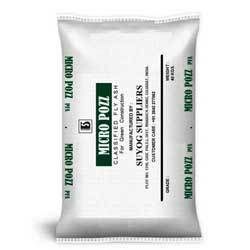
Our product Micropozz is basically a class F fly ash which is recommended the world over for structural concrete applications. Use of Micropozz increases the life of concrete structures substantially. The Fly Ash is a kind of artificial pozzolan, particularly designed and processed to attain maximum performance on most of the cement and concrete applications. In the course of producing high quality Industrial Fly Ash Powder, PFA were selected and industrially processed to attain utmost performance as a cement replacement product. The brand is reserved only for those grades which meet the Indian Standard IS: 3812
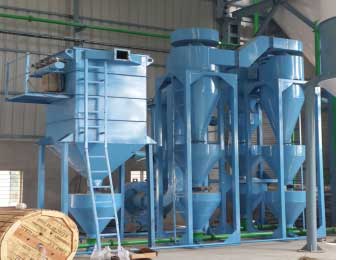 Processing of material is extremely important to classify in different grade.
Processing of material is extremely important to classify in different grade.
We have in-house developed system to process the material.
We have fully automated PLC controlled system equipped with online mesh controller, pollutant free loading and packing system.
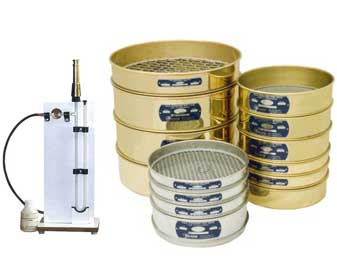
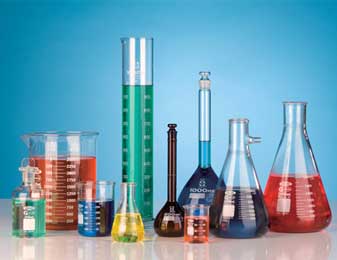
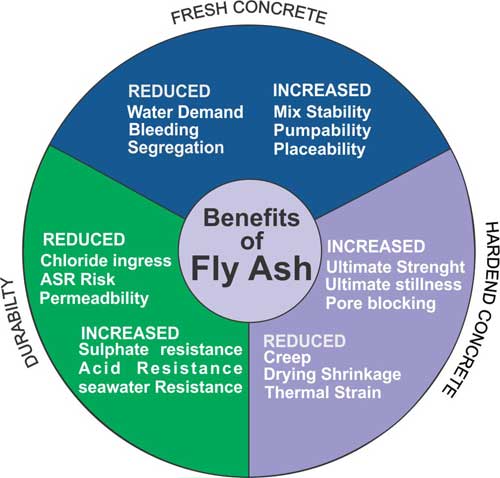
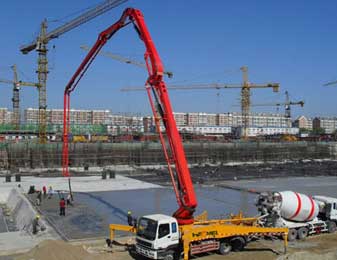
Improved Workability
Addition of Micropozz to a concrete mixture increase the workability. When it replaces with same weight of cement the volume of mixture is much more higher then cement and therefore cementitious paste is greater, this allow more effective coating of the aggregate Also the shape of Micropozz is spherical and it works as a tiny ball bearing for around other particles, which reduce drag against each other
Improved Durability
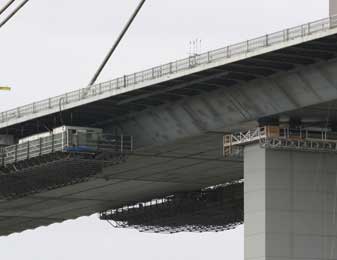 Strength development in concrete of Micropozz is slower than cement which can grow in the voids left in the hardened cement matrix. Micropozz significantly reduces the void in the construction concrete. This is also beneficial to reduce permeability of concrete and thus improve the resistance to attack from chemical and salt.
Strength development in concrete of Micropozz is slower than cement which can grow in the voids left in the hardened cement matrix. Micropozz significantly reduces the void in the construction concrete. This is also beneficial to reduce permeability of concrete and thus improve the resistance to attack from chemical and salt.
Low Heat of Hydration
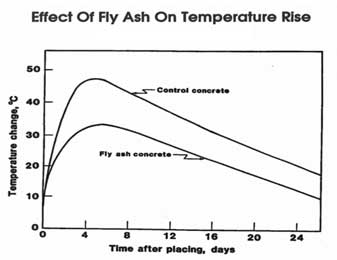 Because only part of the cementitious material reacts immediately with the addition of water the heat generated by that chemical reaction is also reduced. This is particularly important in warm climates as the risk of thermal stress leading to surface cracking is reduced and the surface of the concrete will be more uniform with the mix. A high quality finish can be achieved which with lower level of cracking.
Because only part of the cementitious material reacts immediately with the addition of water the heat generated by that chemical reaction is also reduced. This is particularly important in warm climates as the risk of thermal stress leading to surface cracking is reduced and the surface of the concrete will be more uniform with the mix. A high quality finish can be achieved which with lower level of cracking.
Cost Effective
It is cost effective than cement as well as it has high bulk volume than cement
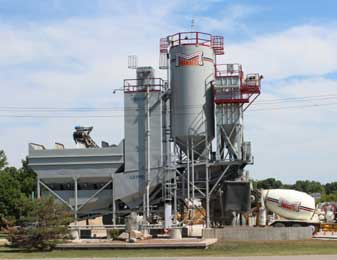 As Micropozz is a fine material with perfectly spherical particle shape, it produces a more cohesive concrete mix, which looks drier than normal. Usually, Micropozz concrete needs lesser fine aggregate as compared to pure ORDINARY PORTLAND CEMENT concrete in order to produce the best performance from the mix. As a thumb rule, every 10% of Micropozz used needs about 0.5% reduction in fine aggregates in normal concrete. The exception is âSelf Compacting Concreteâ where the mix is designed to be high in fine material to reduce mix segregation and ensure it is capable of flowing properly.
As Micropozz is a fine material with perfectly spherical particle shape, it produces a more cohesive concrete mix, which looks drier than normal. Usually, Micropozz concrete needs lesser fine aggregate as compared to pure ORDINARY PORTLAND CEMENT concrete in order to produce the best performance from the mix. As a thumb rule, every 10% of Micropozz used needs about 0.5% reduction in fine aggregates in normal concrete. The exception is âSelf Compacting Concreteâ where the mix is designed to be high in fine material to reduce mix segregation and ensure it is capable of flowing properly.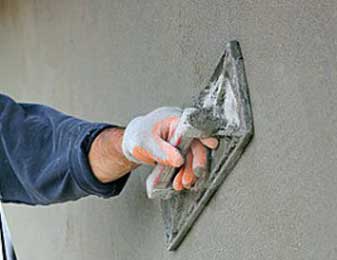 Micropozz concrete normally contains less water than the equivalent Ordinary Portland Cement concrete. If used with a water reducing admixture, e.g. plasticizer, the effects of reduced rate of bleeding are amplified. If retarding admixtures are used with concrete the risks of early age drying shrinkage cracking is increased.
Micropozz concrete normally contains less water than the equivalent Ordinary Portland Cement concrete. If used with a water reducing admixture, e.g. plasticizer, the effects of reduced rate of bleeding are amplified. If retarding admixtures are used with concrete the risks of early age drying shrinkage cracking is increased.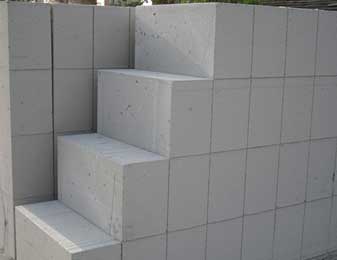
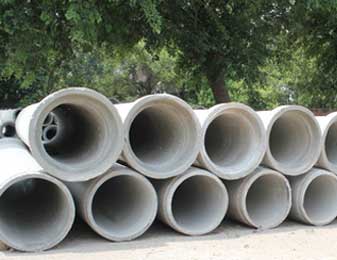
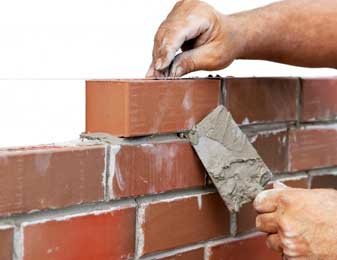

| Specification | International Standards | Suyog Suppliers | |||||||
| ASTM 618 | BS EN 450 | IS 3812 | Micro Pozz 30 | Micro Pozz 20 | Micro Pozz 10 | Micro Pozz 5 | Micro Pozz 00 | ||
| S | N | ||||||||
| Fineness (min), m2/kg | 320 | 300 | 330 | 410 | 480 | 750.16 | |||
| ROS 45 (max), % | 34 | 12 | 40 | 34 | 30 | 20 | 10 | 5 | 0.8 |
| LOOS on ignilion (max), % | 6 | 7 | 7 | 5 | 3 | 2 | 2 | 2 | 1.04 |
| Water requirement (max), % | 115 | 95 | 95 | 95 | 95 | 95 | 95 | 95 | |
| Moisture content (max), % | 3 | 2 | 0.5 | 0.5 | 0.5 | 0.5 | 0.1 | ||
| Soundness by Autocalve, % | 0.8 | 10mm | 0.8 | 0.8 | 0.2 | 0.2 | 0.2 | 0.2 | |
| 28 days strength (min), % | 75 | 75 | 75 | 80 | 80 | 80 | 80 | 80 | |
| Lime reactivity (min), N/mm2 | 4.5 | 4.5 | 4.5 | 4.5 | 4.5 | ||||
| Chemical Analysis | |||||||||
| SiO2+AI203 + Fe203 (min), % | 70 | 70 | 70 | 70 | 85 | 85 | 85 | 85 | 93.14 |
| Sio2, (min), % | 35 | 45 | 45 | 45 | 45 | 60.93 | |||
| Reactive Silica (min) % | 20 | 28 | 28 | 28 | 28 | 34.26 | |||
| Cao (max), % | 10 | 10 | 10 | 6 | 6 | 6 | 6 | ||
| Mgo (max), % | 4 | 4 | 5 | 3.5 | 3.5 | 3.5 | 3.5 | 1.48 | |
| So3 (max), % | 4 | 3 | 3 | 3 | 2 | 2 | 2 | 2 | 0.54 |
| Na2O (max), % | 5 | 5 | 1.5 | 1.5 | 1.5 | 1.5 | 1.5 | 0.68 | |
| Total chlorides | 0.1 | 0.1 | 0.05 | 0.05 | 0.05 | 0.05 | 0.05 | 0.03 | |